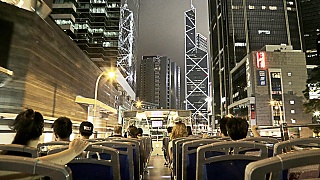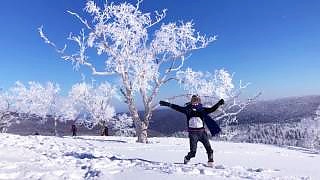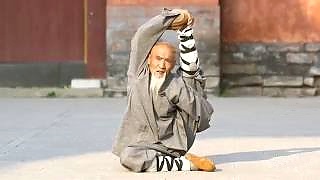A forest park / nature reserve ...
[640],shadow=true,start=,stop=
Live more ...
 YiShan 沂山, ShanDong province
YiShan 沂山, ShanDong provinceA forest park / nature reserve ...
[640],shadow=true,start=,stop=

|
With Jay and Karolina ...
|

|
Join us on an open top bus for a circular trip from Central to Kowloon and back ...
|

|
HeiLongJiang province.
聖誕節哈爾濱滑雪 Christmas ski trip; December 2016.
With a great song ...
|

|
With The New Atlas ...
|

|

|
With Seiu Travel ...
|

|
Zhou Shen & Sa Dingding singing at the Mid Autumn Festival "Upwards to the Moon" 《左手指月》...
|

|
With Raz / YChina ...
|

|
A short documentary - an extended preview of Chris Crudelli's film on the martial arts in China today.
|